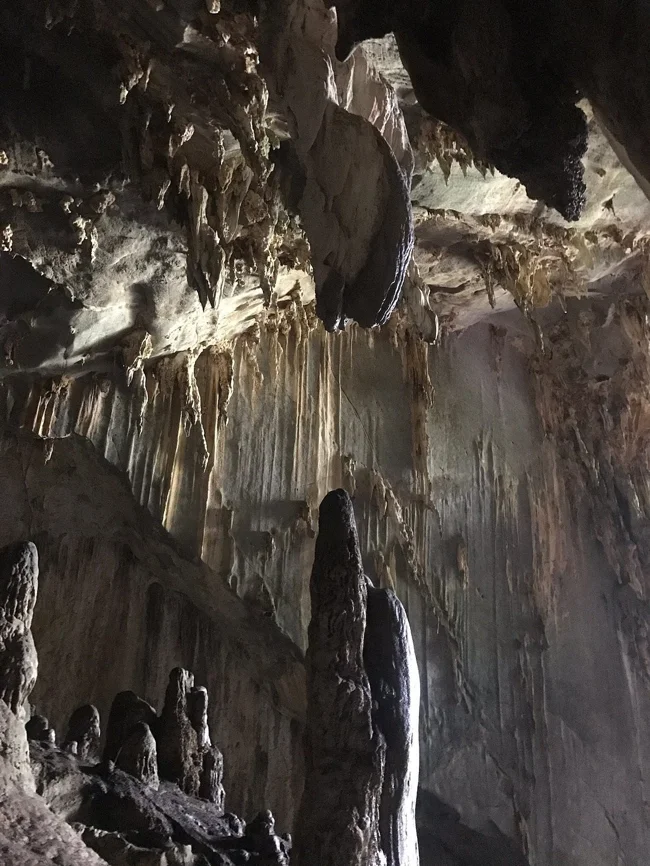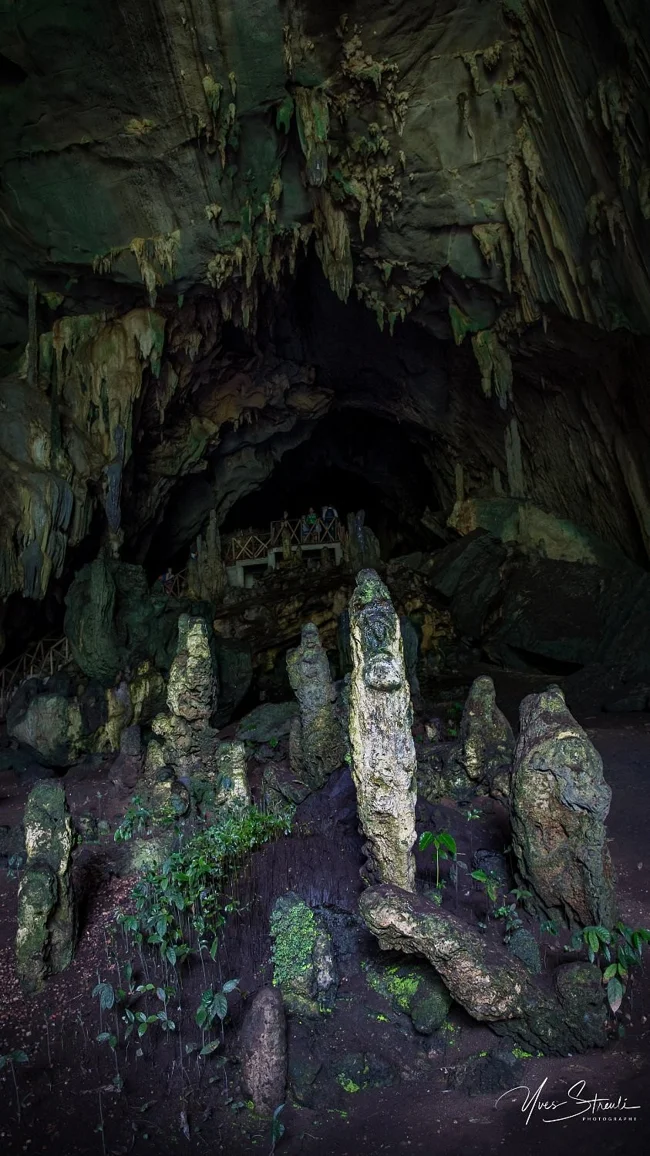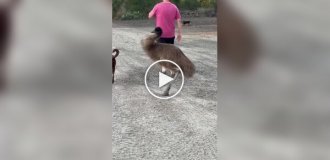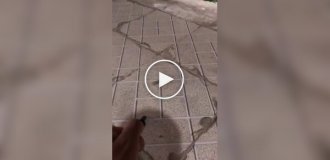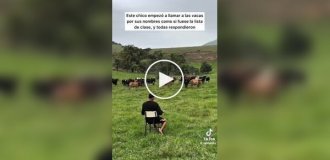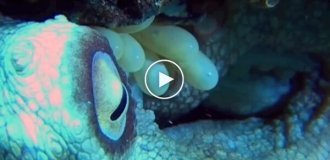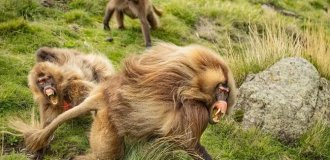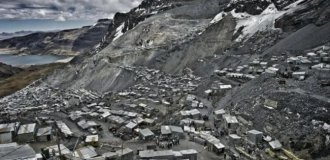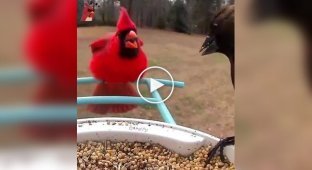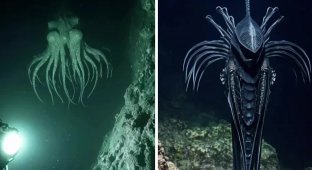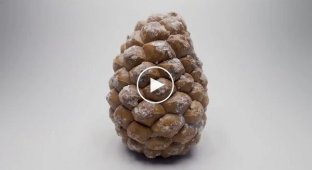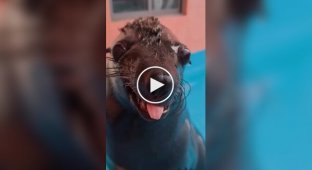Cueva de Las Lechuzas - a Peruvian cave of mysterious birds (9 photos + 1 video)
This is a cave in the jungles of Peru with bottomless depths, mystical clicks and incredible night birds that live in the dark and move and understand each other thanks to echolocation. 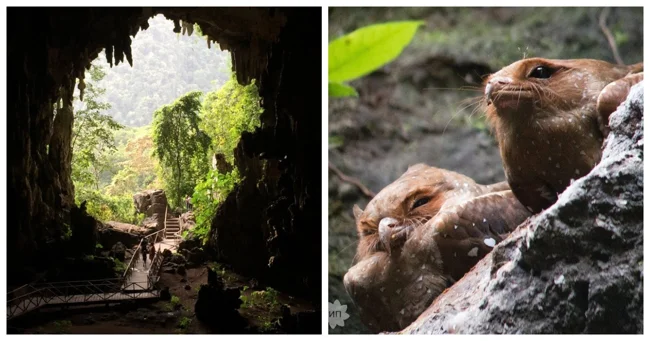
An incredible cacophony of clicks, chirps and other mystical sounds surrounds a person when he finds himself inside Cueva de Las Lechuzas. This cave is the entrance to a larger and virtually unexplored cave system, home to stalactites, stalagmites, insects, bats, and, most amazingly, nocturnal birds that navigate using echolocation. 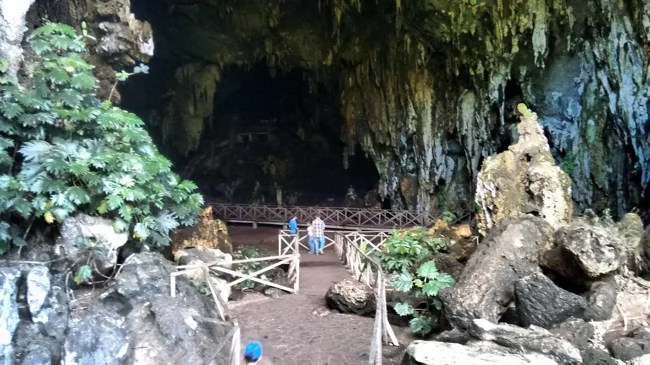
The Owl Cave (Cueva de Las Lechuzas) is located within the Tingo Maria National Park. This is one of the country's first national parks. Few foreigners and travelers reach this part of it. But those who do learn the story of the so-called Owl Cave and its amazing inhabitants, after whom it was mistakenly named. 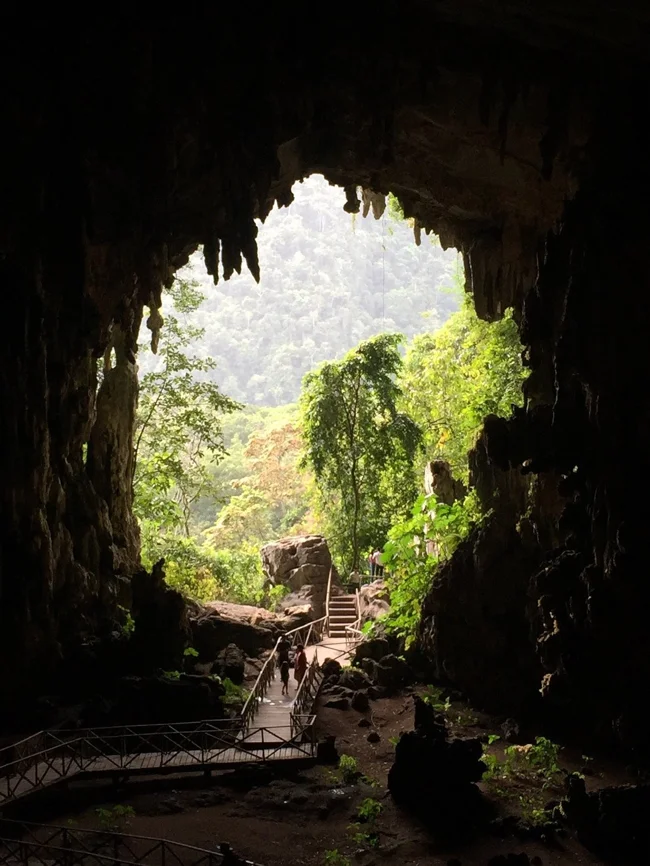
In fact, a population of about 3,000 guacharos (Steatornis caripensis) lives and thrives in the cave. Initially, locals confused these birds with owls. Apart from a common love of impenetrable darkness, these two species have practically nothing in common. Oilbirds, or as they are also called, fat nightjars, are the only flying nocturnal birds in the world that adhere exclusively to a fruit diet. Fat nightjars are rare birds that use echolocation. It's a rudimentary form of echolocation - not as advanced as that of bats and dolphins. But it provides a way to navigate the pitch-black caves. 
Other inhabitants of Cueva de Las Lechuzas include bats, giant but (mostly) harmless spiders, and a variety of strange insects. 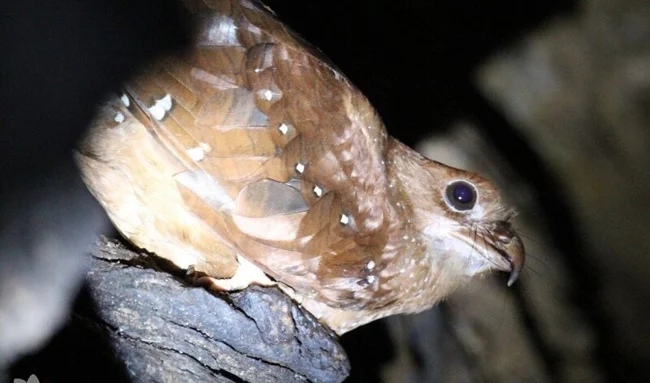
Guajaro
Parrots, swallows, and hummingbirds also dart back and forth, but only near the entrance to the cave. The floor is correspondingly littered with bird droppings. Fortunately, a wooden walkway leads over the slippery ground almost to the back of the cave. As you go deeper, you will encounter numerous stalagmites and stalactites. One stalagmite, located right at the entrance, is known as "The Thinker" due to its resemblance, at least from some angles, to the famous sculpture by Auguste Rodin. 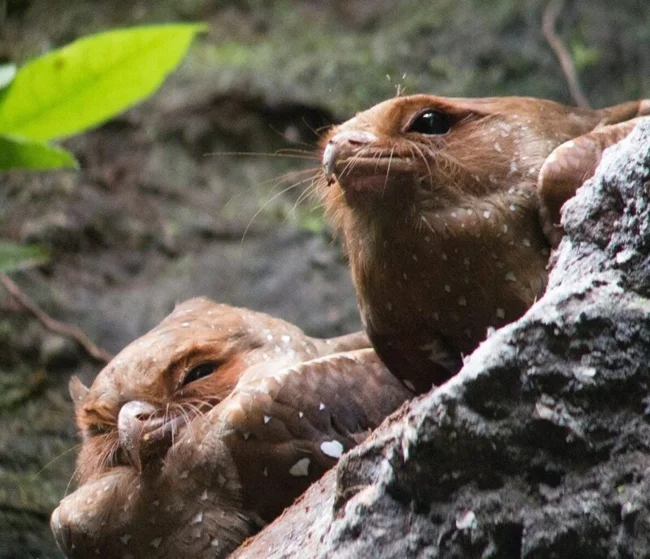
Only professional speleologists should go far beyond the cave. Since 1972, it has been explored by expeditions, first from Britain, and then successively from Peru, Spain and Holland. But now, despite the general opinion that the system is much larger, no more than half a kilometer of the system has been explored.
Locals also tell of other daredevils who went deep into the caves, but they were never seen again. 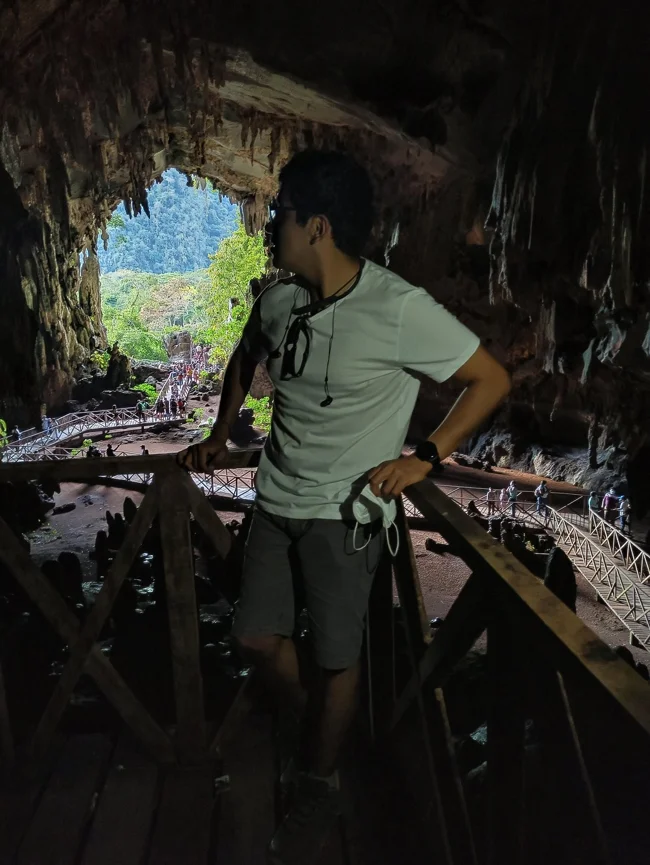
The presence of the Histoplasma capsulatum fungus in the cave system makes a long stay risky. This fungus, which lives in the soil on the cave floor, releases spores if disturbed. The spores can settle in the lungs, causing histoplasmosis. But a short walk in this unusual place will not cause harm, but will only give a lot of impressions, once again emphasizing the diversity of life forms on our amazing planet. 